

Dogs have a unique way of seeing the world that differs from humans. While we experience a full spectrum of colors, dogs have a more limited color range due to the differences in their eye structure. However, the world isn’t black and white for our canine companions, as some might think. By learning more about how dogs see colors, we can gain insight into their perception and even better understand how to choose toys, training tools, and environments that enhance their experience.
Dogs See a Limited Range of Colors
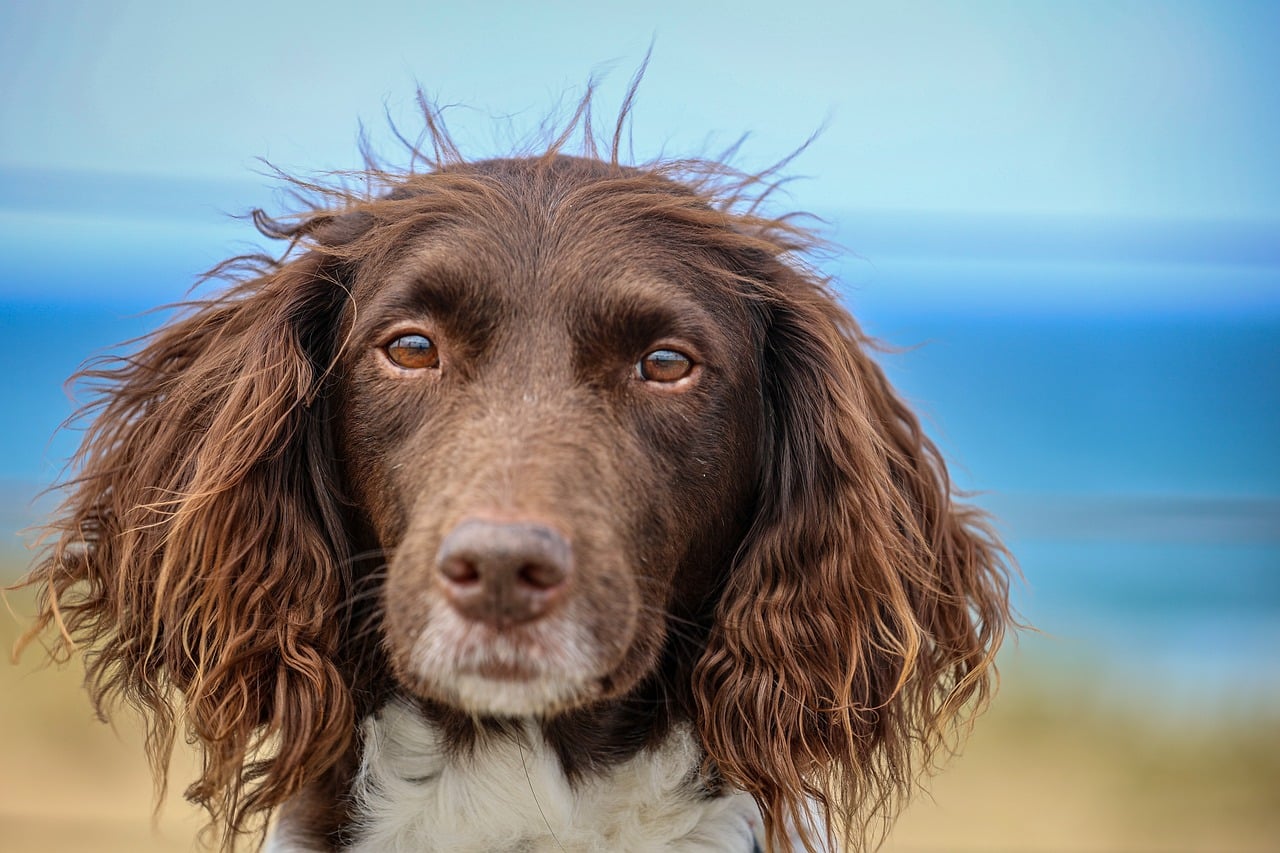
Unlike humans, who have three types of color receptors, or cones, in our eyes to perceive a wide spectrum, dogs only have two types of cones. This dichromatic vision means they see a more limited color range, similar to red-green color blindness in humans. While they don’t see the world in black and white, as some myths suggest, their color vision focuses primarily on shades of yellow, blue, and gray. Understanding this can help you choose toys or training objects that are more visually stimulating for them.
Red and Green Look the Same to Dogs
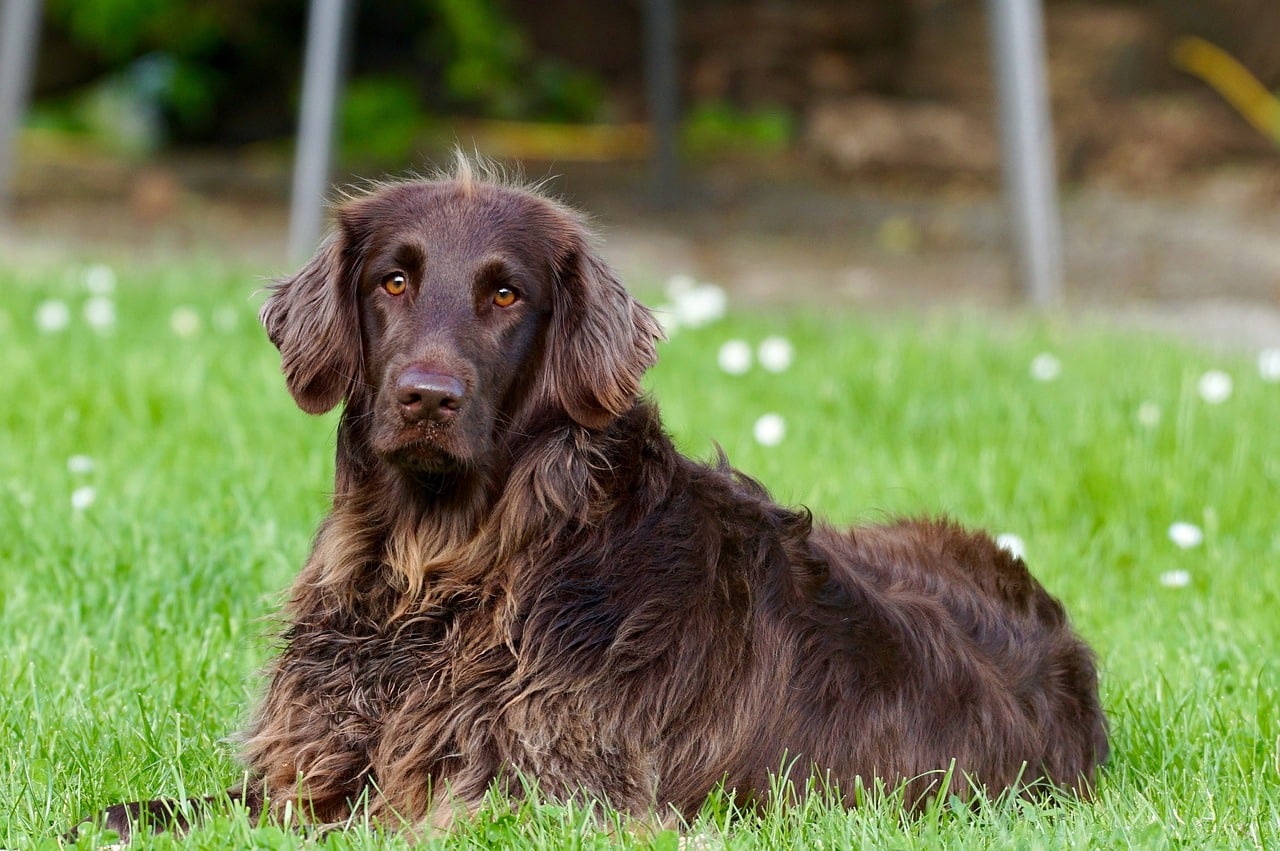
Because dogs lack the red cone that humans have, they can’t distinguish between red and green hues. This means that colors like red, green, orange, and pink all appear as shades of brownish-gray to them. Imagine looking at a red apple or a green ball and seeing the same shade—that’s the experience dogs have with these colors. Knowing this can be helpful if you choose outdoor toys; instead of a green ball that blends with the grass, a bright yellow or blue toy will stand out more.
Yellow and Blue Are Their Primary Colors

Dogs are most responsive to shades of yellow and blue, which stand out vividly in their eyes. Many dog toys and training aids are designed with these colors to make them more noticeable and engaging for dogs. For example, a yellow tennis ball or blue frisbee will likely catch their attention faster than a red or green one. Recognizing these color preferences can make playtime more enjoyable and stimulating for your furry friend.
Dogs Use Their Noses to Compensate for Limited Color Perception

Because dogs have limited color vision and less visual acuity than humans, they rely heavily on their sense of smell to make sense of their environment. A dog’s sense of smell is up to 100,000 times more powerful than a human’s, enabling it to detect and recognize objects, people, and emotions through scent. This ability complements their vision and allows them to gather information about their surroundings in a way we can’t fully comprehend. When dogs sniff something, they’re essentially “seeing” with their nose, adding a dimension to their perception that makes up for their color limitations.
Dogs Rely More on Motion Than Color
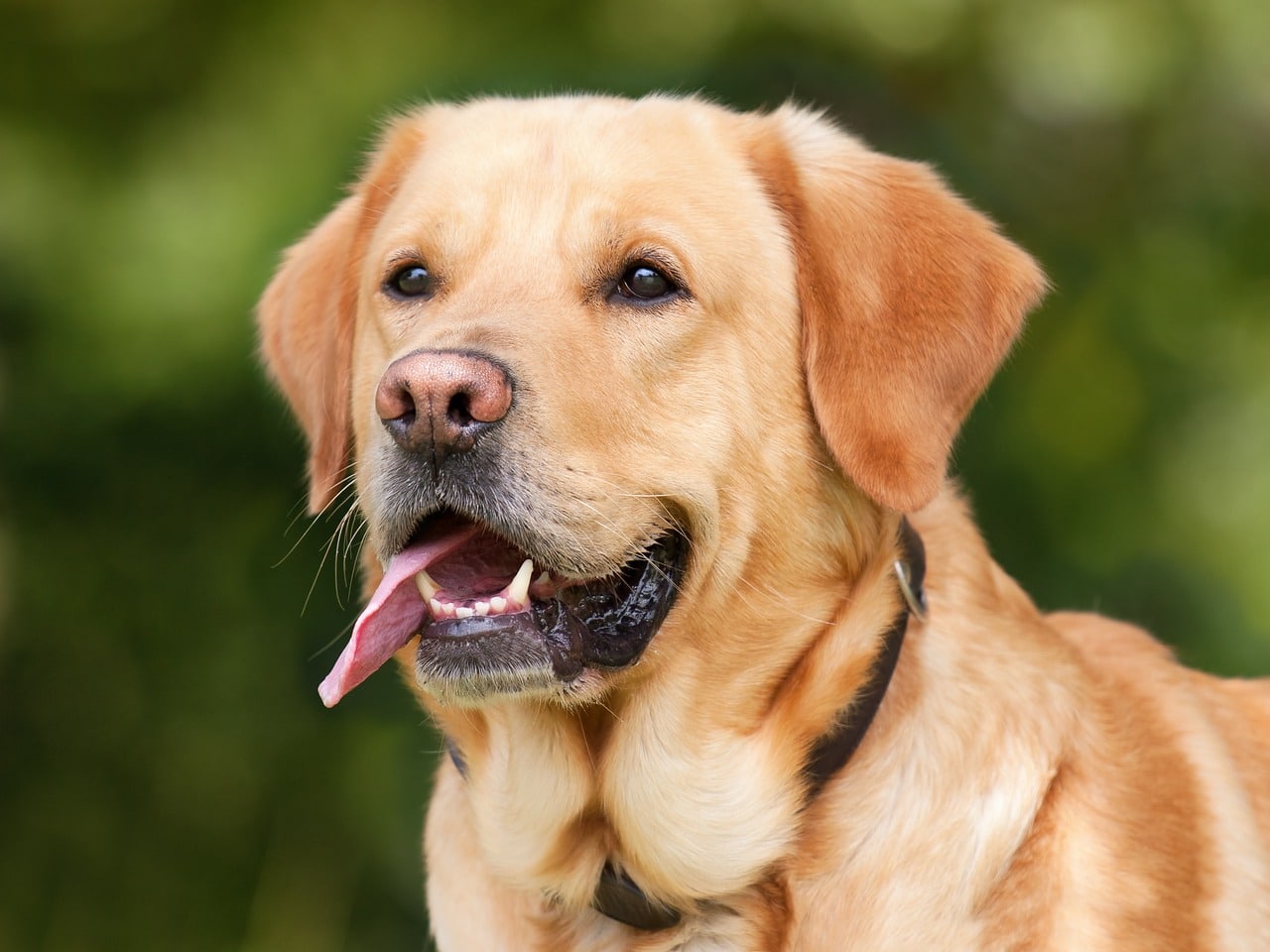
Because dogs don’t have the same full-spectrum color vision as humans, they rely heavily on motion and contrast to identify objects. This is why a moving toy or a high-contrast pattern can be more interesting to them than a colorful but still object. In fact, their eyes are highly adapted to detect movement, making them excellent at spotting potential playmates or prey even without relying on color. This reliance on movement is one of the reasons dogs are so keenly aware of their environment and quick to notice changes.
Dogs Have Better Low-Light Vision
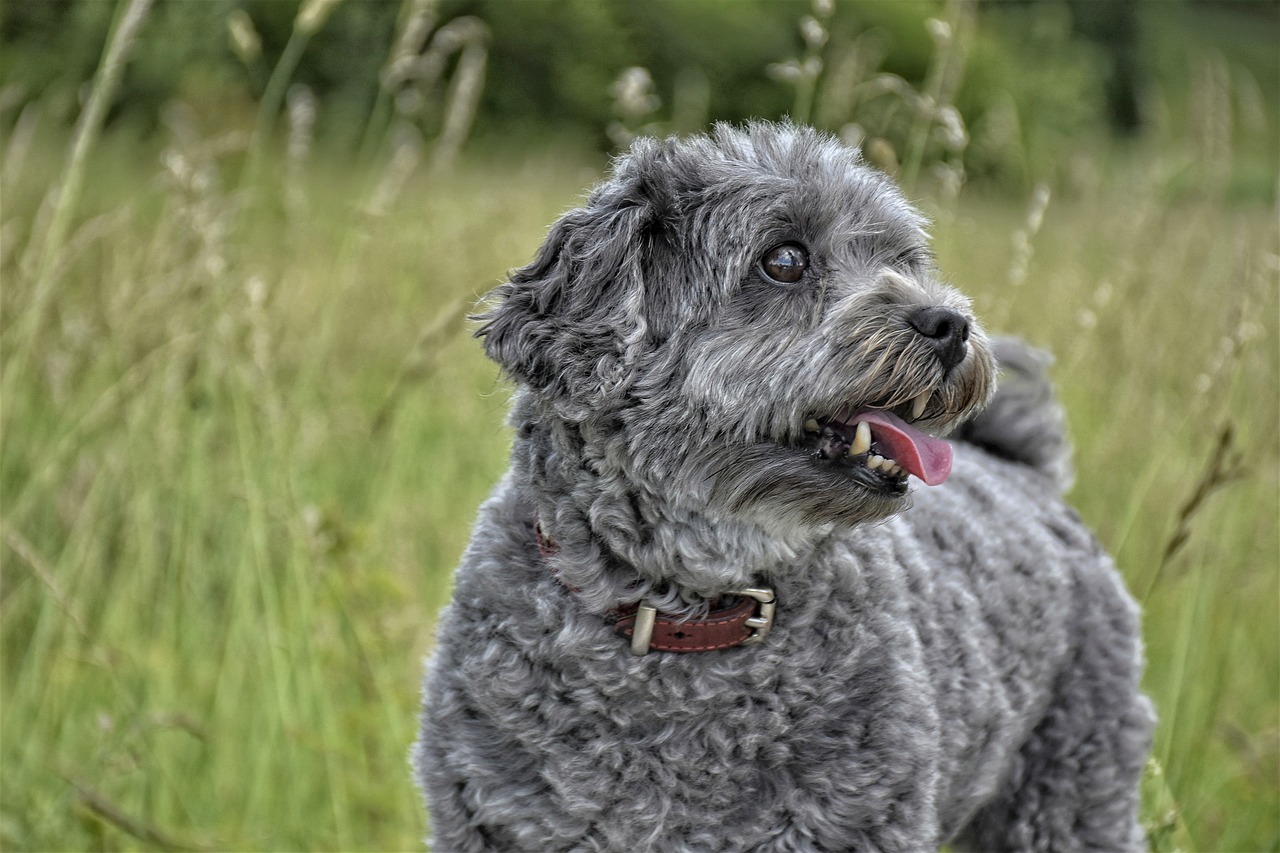
While dogs may not see the full spectrum of colors, they excel at seeing in low light due to their higher concentration of rod cells, which are light-sensitive. This trait is an evolutionary advantage from their wild ancestors who hunted at dawn and dusk. So, if you’ve ever wondered why your dog can navigate in the dark or spot things that seem invisible at night, it’s because their vision is adapted for twilight conditions. Their enhanced low-light vision is a perk that enables them to enjoy evening walks or nighttime play just as much as during the day.
High Contrast Improves Their Visual Experience

Since dogs rely more on contrast than color, they benefit greatly from environments with high-contrast features. For example, a white ball against a dark floor will be more visible to them than a colored ball that blends in. This is why toys with sharp contrasts, like a black-and-white patterned ball, can be easier for dogs to track and retrieve. It also explains why dogs sometimes struggle with finding treats or toys that blend in with their surroundings, as their vision isn’t wired to pick up on subtle color cues.
Visual Acuity in Dogs Differs From Humans

While dogs have excellent motion and low-light detection, their visual acuity—the sharpness or clarity of vision—is not as high as humans. Dogs see more “blurred” than we do, especially at a distance. This slight fuzziness in their vision might surprise you, but it explains why they often rely on their keen sense of smell to locate objects and recognize people. So, while you might notice your dog sniffing to identify things up close, they may rely on scent and sight to distinguish distant objects.
Their Eyes Are Designed for Peripheral Awareness

Thanks to the placement of their eyes, dogs’ field of vision is wider than ours. While human eyes face forward, providing a narrower, binocular view ideal for depth perception, dogs’ eyes are positioned more on the sides of their heads, expanding their peripheral vision. This gives dogs a panoramic view of their surroundings, helping them detect movement from nearly all directions. However, the trade-off is that they sacrifice some depth perception compared to humans, making close-up focus more challenging.
The Secret Life of Canine Colors: A Humorous Insight
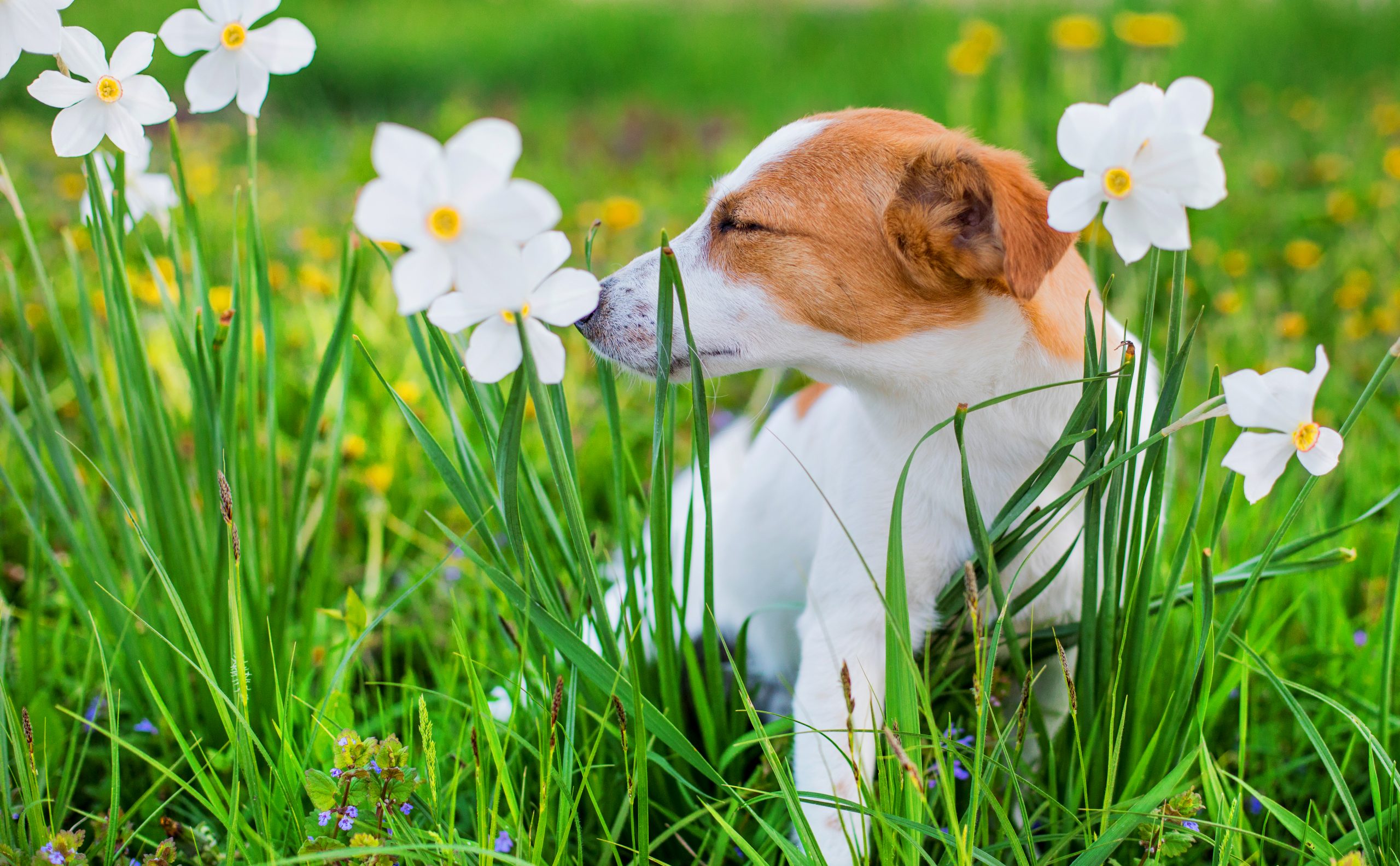
Next time your dog seems unimpressed by that bright red toy or insists on sniffing every inch of grass, remember—they’re simply using the tools nature provided. While dogs might not see the world in vivid color like we do, they make up for it with an extraordinary sense of smell and motion-detection skills. To them, that yellow tennis ball might be the ultimate thrill! After all, who needs a rainbow when you’ve got a nose that sees a whole different world?
The post 9 Fascinating Insights Into How Dogs See Colors appeared first on iHeartDogs.com.

